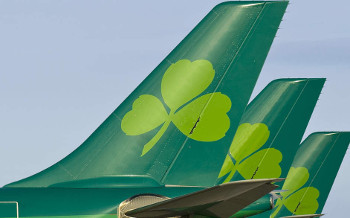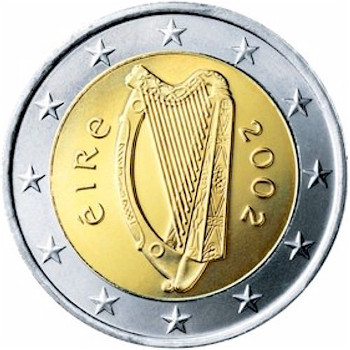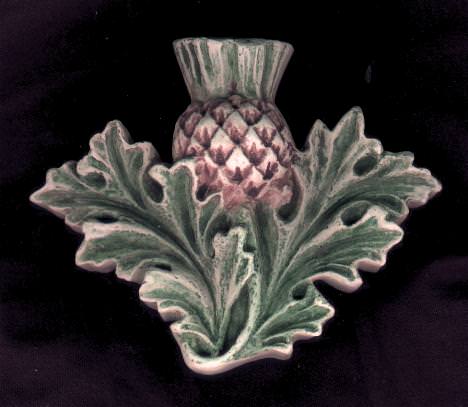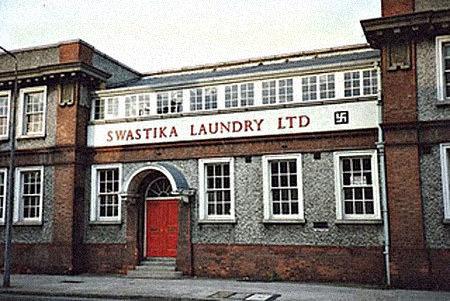|
Every country, civilisation and culture has had a flag or emblem to set them apart from other countries and cultures.
Some have become internationally iconic (our own shamrock – although it isn’t our official emblem); others have become symbols of hate (the Swastika).
Legend has it that the shamrock was used by St Patrick, patron saint of Ireland, as part of his efforts to convert the Irish to Christianity. The three leaves on a sprig of shamrock denoted for him the Holy Trinity: Father, Son and Holy Spirit. This was an inspired choice as most people could not read then and St Patrick was almost teaching with pictures!
Now the little three-leafed clover is synonymous with Ireland and is used by many Irish companies as their logo, for instance Aer Lingus.
But the harp is Ireland’s official symbol and is used on all state headed paper. The bards or poets of old used the instrument while touring the land and relating the news to the Kings of Ireland in song. We’ve had it on our coinage since the 16th century. It’s also used by many international companies to signal their Irish connections.
In Scotland the thistle appears on all Scottish coins and there is a knighthood: the Order of the Thistle. Since the 13th century, Scotland has used it as its official emblem.
During the reign of Alexander 111, legend has it that the thistle was adopted when the Vikings were intent on conquering Scotland. They landed on the coast in the dark and to move more steadily removed their footwear. One Viking invader stood on a thistle and his cry woke the Scots who then won the day!
While the shamrock, harp and thistle have been in use for over 500 years, another image has been around for at least 3,000 years. China, England, Germany, Greece and India have used it as have the Native Americans.
The original meaning of the word comes from the Sanskrit (dialect from India), Swastika – “Su” meaning good and “Asti” meaning to be and “ka” as a suffix.
Until the Nazis adopted it, the Swastika was used to represent life, sun, power, strength and good luck. Even in the early 20th century, it had positive connotations.
Dublin had a laundry on Shelbourne Road, Ballsbridge, in the south of the city, called the Swastika Laundry. This company was founded in 1912 by John Brittain from Co Leitrim. He also has a famous horse named Swastika Rose.
The laundry had red, electric vans which sported a white swastika on a black background. In 1939 the company changed its name (subtlety) to Swastika Laundry (1912) Ltd – an attempt to distinguish between its use of the name and symbol and the recent adoption of the symbol by the Nazis.
The company continued in business until 1967. Its large redbrick chimney displayed a white swastika and could be seen from miles around the area which was still visible in the early 1980s. Now a protected building it is surrounded by large office blocks and the Swastika has been removed.
The symbol was used innocently for its original message of “good luck in India”.
Copyright © 2011, DPNLIVE – All Rights Reserved
{jcomments on}
















